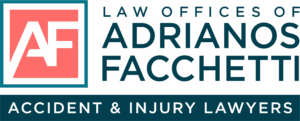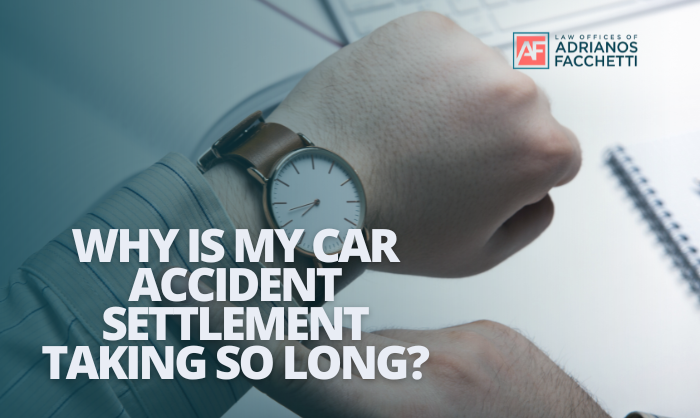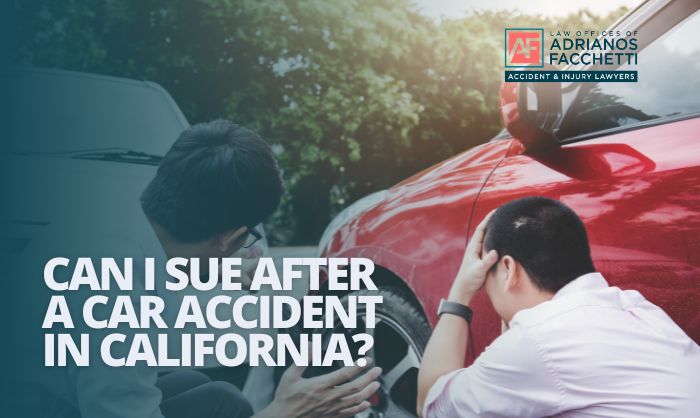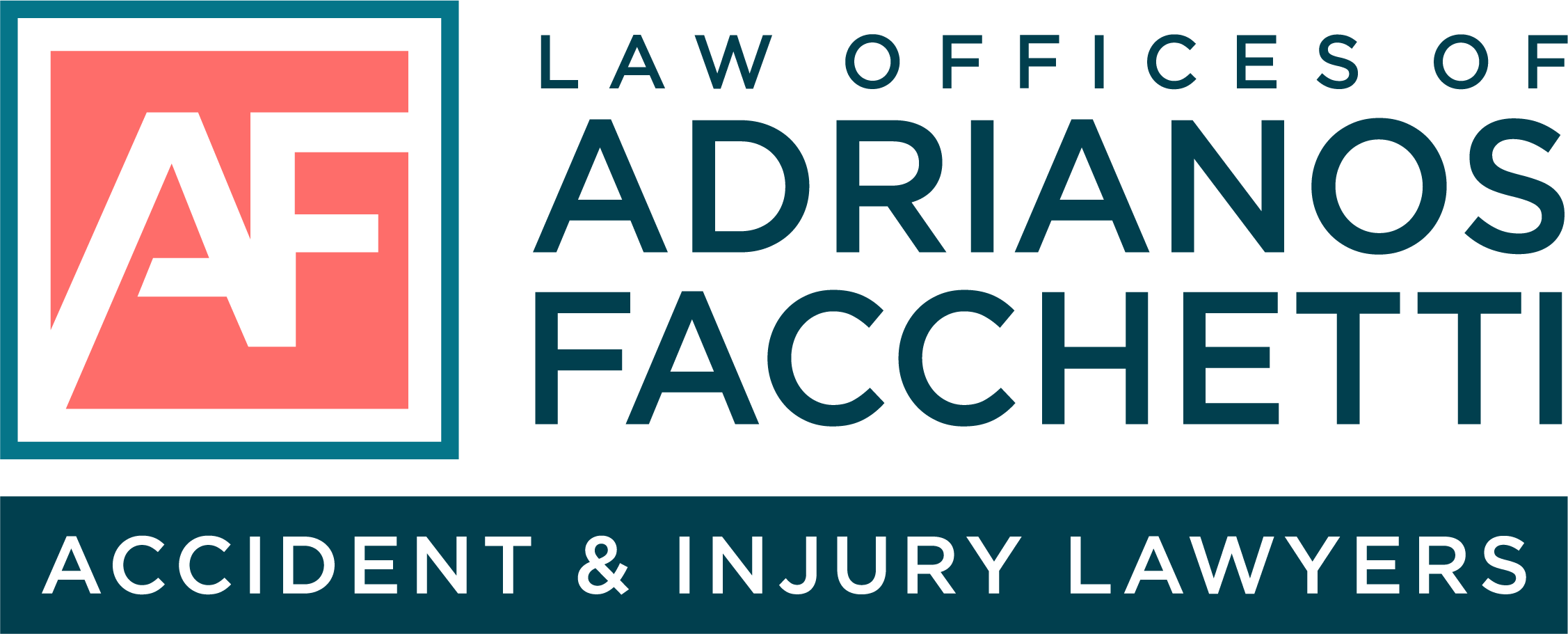After a car accident, sorting through the aftermath can feel like too much, especially when you’re staring at the stiff, black-and-white lines of the police report. A lot of people don’t realize a police report isn’t always the last word on what happened, and a small mistake, like noting the wrong time, can seriously hurt a personal injury claim.
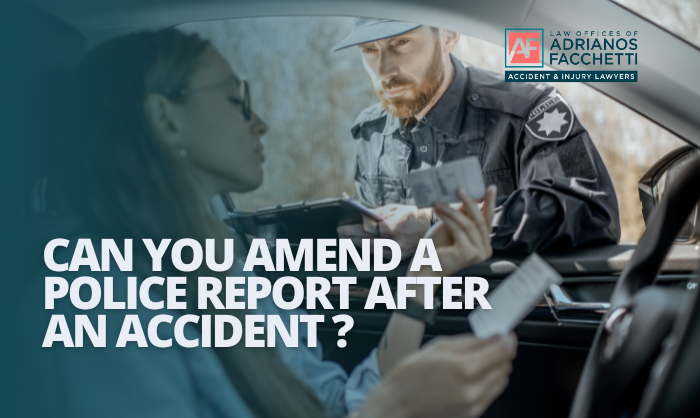
If you’ve been in a traffic crash, knowing how to fix those factual mistakes is vital, one wrong detail, like the color of the light, can change everything. This post walks you through the finer points of challenging a police report, offering clear, practical tips for drivers, witnesses, and attorneys, right down to what to note when the ink’s barely dry. It walks you through the key steps for amending an official police report, making sure the evidence lines up with what really happened, right down to small details like the time on a receipt.
If you want fair compensation, you need clear, accurate records, dates, numbers, even the dull details scribbled in the margins.
Why Police Report Importance Matters After an Auto Accident in California
The police report serves as a foundational document in any auto accident claim, often dictating the initial direction of an investigation by insurance companies and attorneys. Its contents can determine who is deemed at fault, affecting liability, insurance payouts, and the overall success of a personal injury case.
A comprehensive police report includes crucial details such as:
- witness statements,
- diagrams of the accident scene,
- citations issued,
- all of which contribute to establishing negligence.
Consequently, any factual errors or omissions in this official document can profoundly undermine your ability to receive appropriate compensation for injuries and property damage. Understanding its weight is the first step in protecting your legal rights and ensuring a just outcome after a car crash.
How an Accident Report Influences Your Insurance Claim and Potential Settlements
Insurance adjusters heavily rely on the police report to determine liability and the extent of compensation. If the report contains inaccuracies or false information, it can lead to an unfair determination of fault, significantly reducing your potential settlement for bodily injuries and property damage claims.
For instance:
- If the report incorrectly places you at fault, even partially, it could drastically diminish the compensation you are eligible to receive.
- Conversely, a clear and accurate police report strengthens your position, making it easier to negotiate settlement with insurance companies.
It provides concrete evidence that supports your narrative of events, which is essential for any auto accident claim. For comprehensive legal guidance on navigating personal injury claims, consider reaching out to experienced dedicated personal injury attorneys who can advocate for your rights.
Role of the Police Accident Report in Establishing Fault and Personal Injury Claim Basics
In a traffic crash, the police accident report is usually the first official record, noting details like skid marks or witness statements to help establish who was at fault. The report captures the officer’s notes, drivers’ and witnesses’ statements, the slick patch near the intersection, and any tickets handed out. When it comes to personal injury, proving clear negligence is crucial like showing a driver ran a red light right before the crash.
If the report gets the facts wrong or blames you unfairly, it can seriously damage your chances of getting compensation for your injuries, even for something as clear as a broken wrist. Knowing how important this report is helps victims spot the moments like a wrong date or misstated address, when challenging police report details is essential to make sure legal responsibility lands where it should. It lays the groundwork for every legal step and negotiation that follows, so even a small error, like a wrong date, can weaken a personal injury claim.
Common Report Inaccuracy and Factual Errors in California Car Accident Reports
Understanding who has the authority to request police report changes is essential for correcting factual errors after a car accident. Typically:
- The involved drivers can initiate the process, particularly if they identify errors in their recorded statements or objective facts.
- Witnesses who provided statements can also contact the police department to clarify or correct information they believe was misrepresented.
- However, the most effective route often involves car accident attorneys. Attorneys specializing in personal injury possess the legal expertise and established protocols to formally challenge a police report. They can gather additional evidence, interview witnesses, and present a compelling case to the reporting agency or even to a court review, significantly improving the chances of amending the police report.
Typical Mistakes: Omitted Witness Statements, Incorrect Vehicle Positions, and False Information
When facing an inaccurate police report, working with featured lawyers and leveraging specialized legal tools can make a significant difference. Car accident attorneys are adept at identifying police report accuracy issues and know the precise legal channels for challenging them.
They can utilize resources like:
- accident reconstruction experts,
- forensic analysts,
- private investigators
to build a robust case that contradicts the initial police report. These legal professionals understand the intricacies of traffic law and the nuances of disputing official documents, often employing strategic approaches to either amend report details or submit a comprehensive supplement report to correct factual errors.
How Disputed Information and Factual Errors Can Affect Motor Vehicle Bill Citations and Claims
A skilled car accident attorney plays a pivotal role in leveraging witness statements and disputed information to seek corrections in a police report. They meticulously review every detail of the official police report, comparing it against:
- witness accounts,
- photographic evidence,
- video evidence.
Where discrepancies exist, attorneys can prepare detailed affidavits from witnesses, highlighting the factual errors and presenting a more accurate depiction of the car accident. This strategic approach ensures that any false information or accident report inaccuracies are properly challenged.
By presenting a coherent, evidence‑backed narrative, attorneys increase the likelihood of convincing the reporting officer or their superiors to amend the police report, thereby strengthening the personal injury claim and ensuring accurate legal responsibility.
Preparing to Amend: Gathering Evidence, Witness Statements and Insurance Claim Readiness
Thorough preparation is paramount when intending to amend a police report or submit supplemental evidence. This involves systematically gathering all available evidence from the accident scene, meticulously collecting witness statements, and ensuring your entire insurance claim is ready for submission.
Do not underestimate the power of detailed documentation immediately following the car accident, as memories fade and evidence can be lost. This proactive approach not only helps to correct any accident report inaccuracies but also significantly strengthens your legal position, providing a clear and compelling narrative for your personal injury claim. Adequate preparation can make the difference between a denied claim and full compensation.
Essential Checklist: Photos, Videos, Medical Records and Police Report Content
An essential checklist for preparing to amend a police report includes a comprehensive collection of evidence:
- Detailed photos and videos taken at the accident scene, capturing vehicle damage, road conditions, and any visible injuries.
- Securing medical records promptly to document bodily injuries, these provide concrete proof of the harm sustained.
- Obtaining all available police report content, including any supplementary reports, this allows for a thorough comparison against your gathered evidence.
This diligent compilation of evidence is indispensable for identifying factual errors and building a strong case to either amend report details or submit a robust supplement report.
Step‑by‑Step Process to Amend a Police Report After a Car Accident in California
Amending a police report after a car accident in California involves a structured, step‑by‑step process that can be crucial for your auto accident claim.
Steps to follow:
- Obtain a copy of the official police report and meticulously review it for any factual errors, omissions, or false information.
- Once discrepancies are identified, gather supporting evidence, such as additional witness statements, photographs, and video evidence, that contradict the report’s inaccuracies.
- Subsequently, formally contact the reporting law enforcement agency to request a review and potential amendment.
- Present a clear and concise case, often benefiting from the guidance of experienced personal injury attorneys.
Challenging a Police Report: Legal Strategies and When to Hire a Car Accident Attorney
Challenging a police report effectively requires a strategic approach, particularly when dealing with accident report inaccuracies or disputed information. Legal strategies often involve:
- A thorough review of the original police report against all available evidence, including witness statements, surveillance footage, and expert analyses.
- Hiring a car accident attorney becomes crucial when the inaccuracies significantly impact the determination of fault, the severity of a personal injury claim, or when the police department is unresponsive to correction requests.
- An experienced attorney can employ tactics such as requesting a supervisor review, submitting formal affidavits, or even pursuing a court review to ensure the police report accurately reflects the events.
Costs, Timelines and the Potential Impact on Settlements - Including High‑Value or Million‑Dollar Cases
The costs, timelines, and potential impact on settlements, especially for high‑value or million‑dollar personal injury cases, are significant considerations when challenging a police report.
Factors to consider:
- Legal fees for car accident attorneys, expert witness costs, and administrative fees for obtaining and filing documents can accumulate.
- Timelines vary widely, from a few weeks for minor factual errors to several months or even years for complex cases involving extensive disputed information.
- However, the investment can be worthwhile, correcting a police report that unfairly attributes fault or minimizes injuries can drastically increase the settlement value, ensuring victims receive the full compensation for injuries they deserve. An inaccurate report can lead to a substantially lower offer or even a denial from insurance companies. Navigating this complex terrain effectively is crucial for maximizing your auto accident claim.
Dealing with False Information in Police Reports: Corrections, Affidavits and Evidence
Dealing with false information in police reports requires a proactive and strategic approach, focusing on corrections, sworn affidavits, and compelling evidence. False information, whether accidental or intentional, can severely undermine a personal injury claim and lead to an incorrect determination of legal responsibility.
The first step involves gathering undeniable proof that contradicts the erroneous details in the official police report. This can include:
- video evidence,
- additional witness statements,
- expert testimony.
Subsequently, submitting formal requests for correction, often accompanied by sworn affidavits from witnesses or involved parties, is crucial. This legal documentation strengthens your position and forces a reconsideration of the police report’s accuracy.
Procedures for Disputing Inaccuracies and Getting Sworn Affidavits Accepted by Police
The procedures for disputing inaccuracies and getting sworn affidavits accepted by police departments involve a clear, formal process.
You should:
- Present irrefutable evidence that directly refutes the factual errors in the police report, such as detailed photos, video evidence, or new witness statements.
- Prepare and submit sworn affidavits from relevant parties, these should be notarized and legally binding.
- Recognize that while police departments are not obligated to change the original police report based solely on affidavits, they are often compelled to review the new information and may issue a supplement report or amend factual errors, especially if the evidence is compelling and points to clear officer errors.
The Critical Role of Witness Statements and Video Evidence When Confronting Report Inaccuracy
Witness statements and video evidence play a critical role when confronting report inaccuracy in a police report after a car accident. Objective third‑party accounts from witnesses can corroborate your version of events and directly challenge any false information or accident report inaccuracies. Video evidence, such as dash‑cam footage or surveillance recordings, offers irrefutable proof of the traffic collision’s circumstances, including vehicle movements, impact points, and driver behavior.
This type of evidence is exceptionally powerful in disproving factual errors or disputed information that might appear in the official police report. When presenting this evidence, ensure it is clearly organized and directly addresses the specific inaccuracies, making it difficult for the police department or insurance companies to dismiss your claims.

Conclusion
Wrapping up, dealing with the fallout from a car crash and making sure every detail in the police report is correct takes care, sharp planning, and sometimes the steady hand of a lawyer, it’s a bit like piecing together a jigsaw when the edges are smudged with dust. An official police report can carry serious risks of mistakes or contested details, and even a single wrong street name or misquoted statement might drastically alter the outcome of a personal injury claim.
Knowing when to update a report instead of adding new evidence and who’s ready to help, gives victims the power to defend their legal rights, like holding onto a lifeline in rough water. Carefully collecting evidence, using the right tools to present it, and working with experienced car accident lawyers can greatly boost your odds of a fair settlement, like snapping clear photos of skid marks before the rain washes them away.
